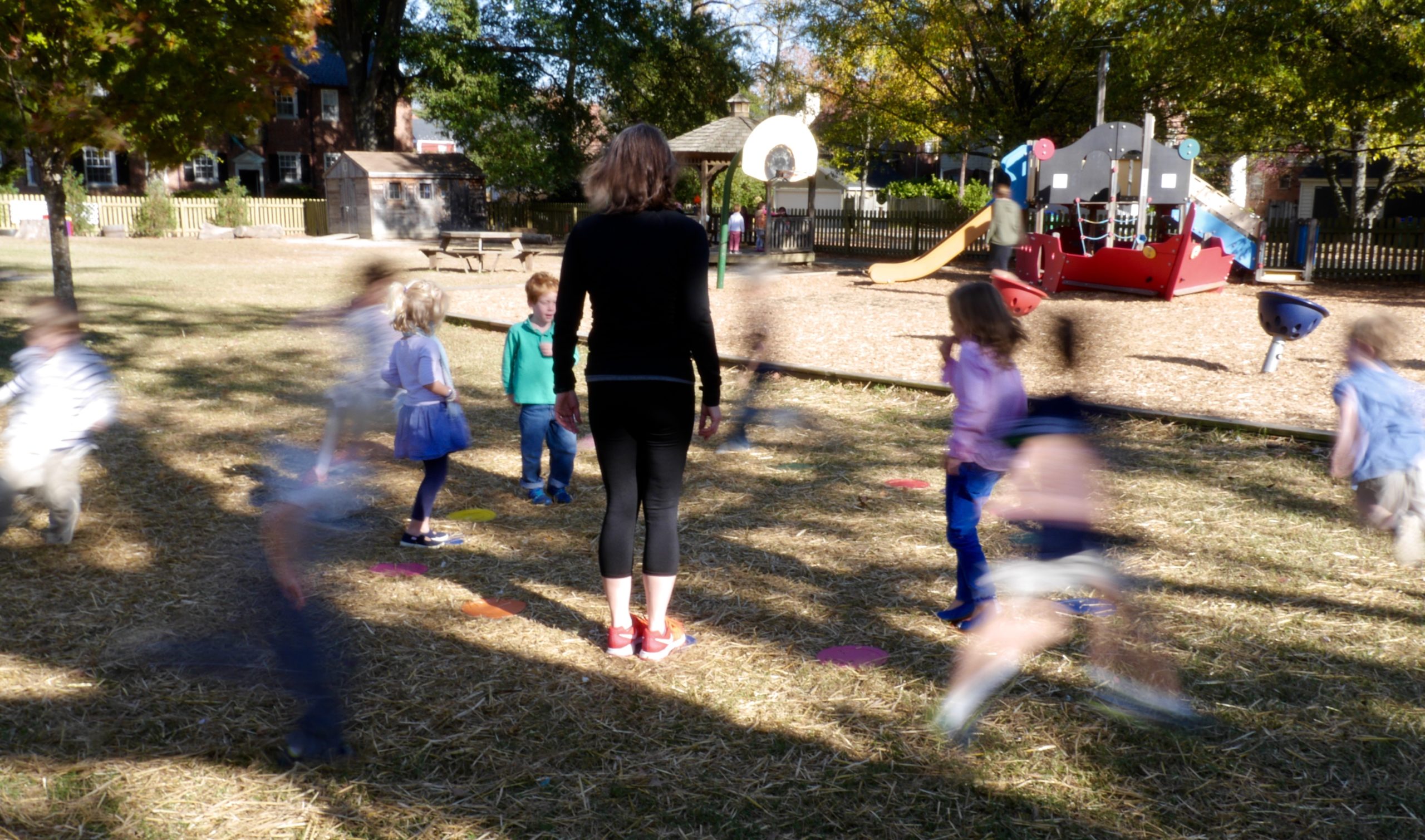When we think of the education of the younger child, whether it is the preschooler or the elementary age child, we think of the three R’s: reading, writing and arithmetic. The goal of school is to hammer home our counting, our pencil mechanics, our letter recognition, sight words, addition, subtraction and so on. We need to consider science and STEM, we need to take in the the arts and music. But we tend to think about physical activity in either one of two ways: kids need it to get the wiggles out, or worse, they get it anyway, so we don’t need to do it during school. But the truth of the matter is, they don’t get enough of it (they should have at minimum 60 minutes of moderate to vigorous activity a day) and they don’t need it just to get the wiggles out, though that is a great side-effect.
Children need both aerobic movement and the physical strengths that come from hard play to be good learners. As humans, we move before we do anything else because everything else we do is built upon the strengths gained in movement. From core strength to grip strength, from gross motor skills to lower body strengths, children need to hone each of these in order to perform well in the classroom. But sadly, opportunity for building those muscles has been replaced with more time in sitting activities in an effort to stuff more into the learning day.
A recent study from Finland reported that the more time first grade boys spend in sedentary activities, the poorer their reading skills over the next two years. Since first, second and third grade are where the real foundation for reading takes place, this is a disturbing connection. Additionally, those same boys who were sedentary in first grade also had poorer performance in math skills in first grade.
But we as grownups tend to think that more time in the classroom will mean more learning. In fact, based on the Learning Readiness PE program established in Naperville, IL High School, kids can learn better when movement is performed prior to their work. In fact, when kids who were dragging in language arts were placed in an aerobic based PE program in the class period prior to their language arts class, their reading went up more than 50% in one semester. Wow.
Since the 1950’s, physical play and recess have been steadily replaced by more classroom time, more structured sports, more screen time and less time in independent free, self directed play. It is having a significant negative impact on our kids, their development and their futures.
Stick with me and I will share the what’s, why’s and how’s of the relationship between movement and learning. I am on a mission to change the way we think about play and recess; about physical strengths v. academic strengths as a means to make strong learners and about making our next generation of kids healthy and successful! It is a journey, so come along for the ride!
